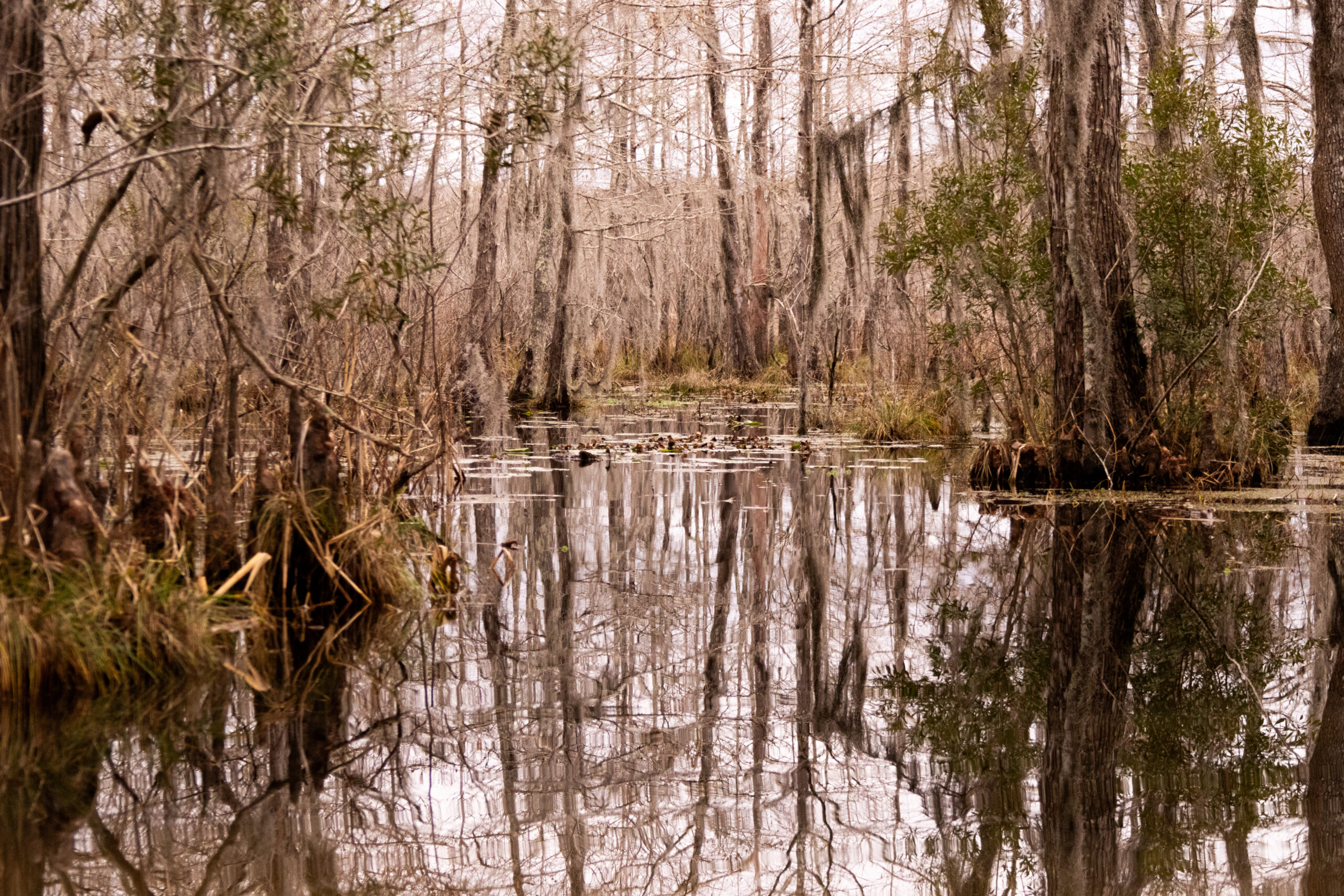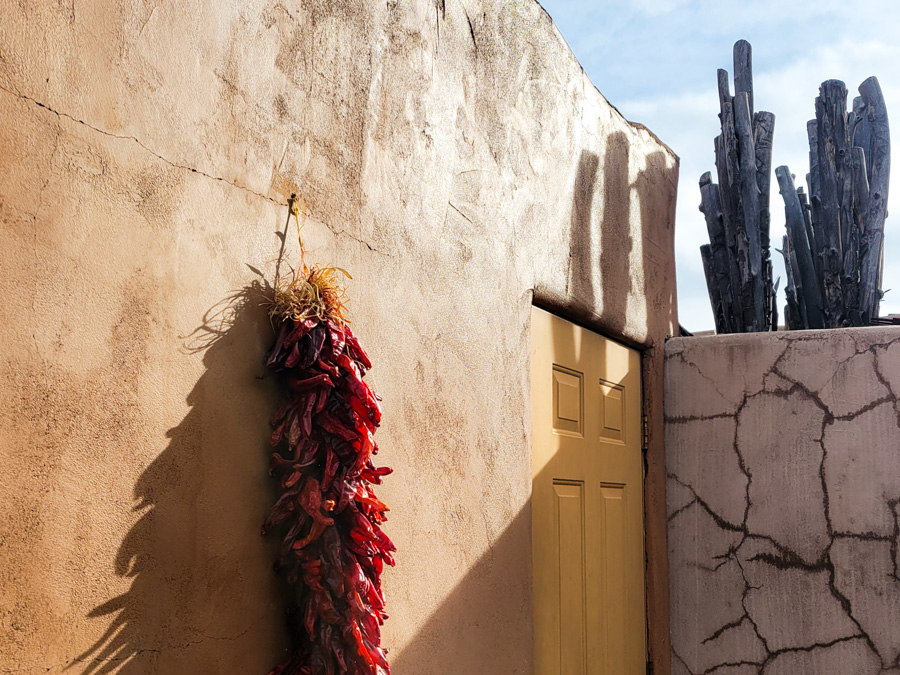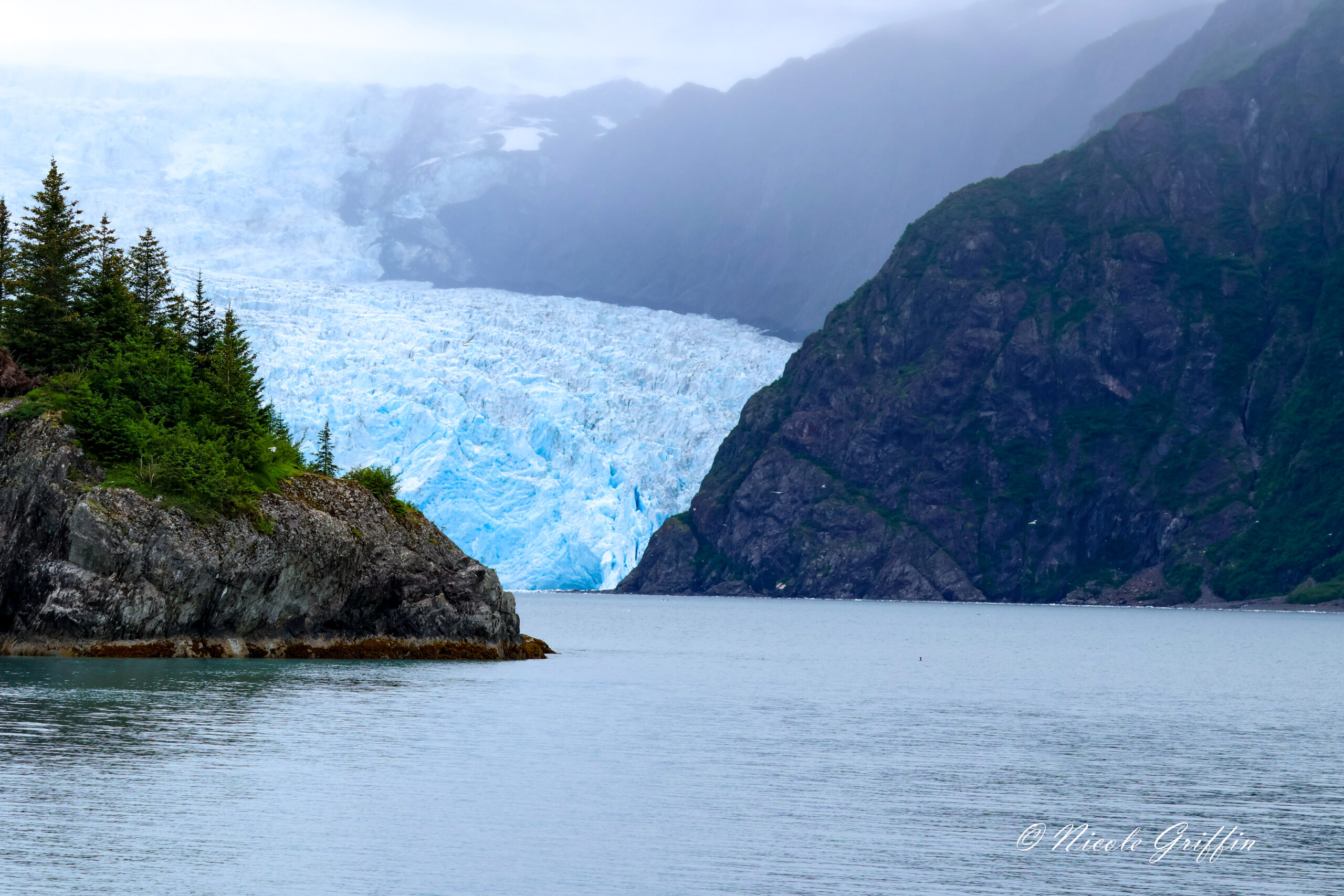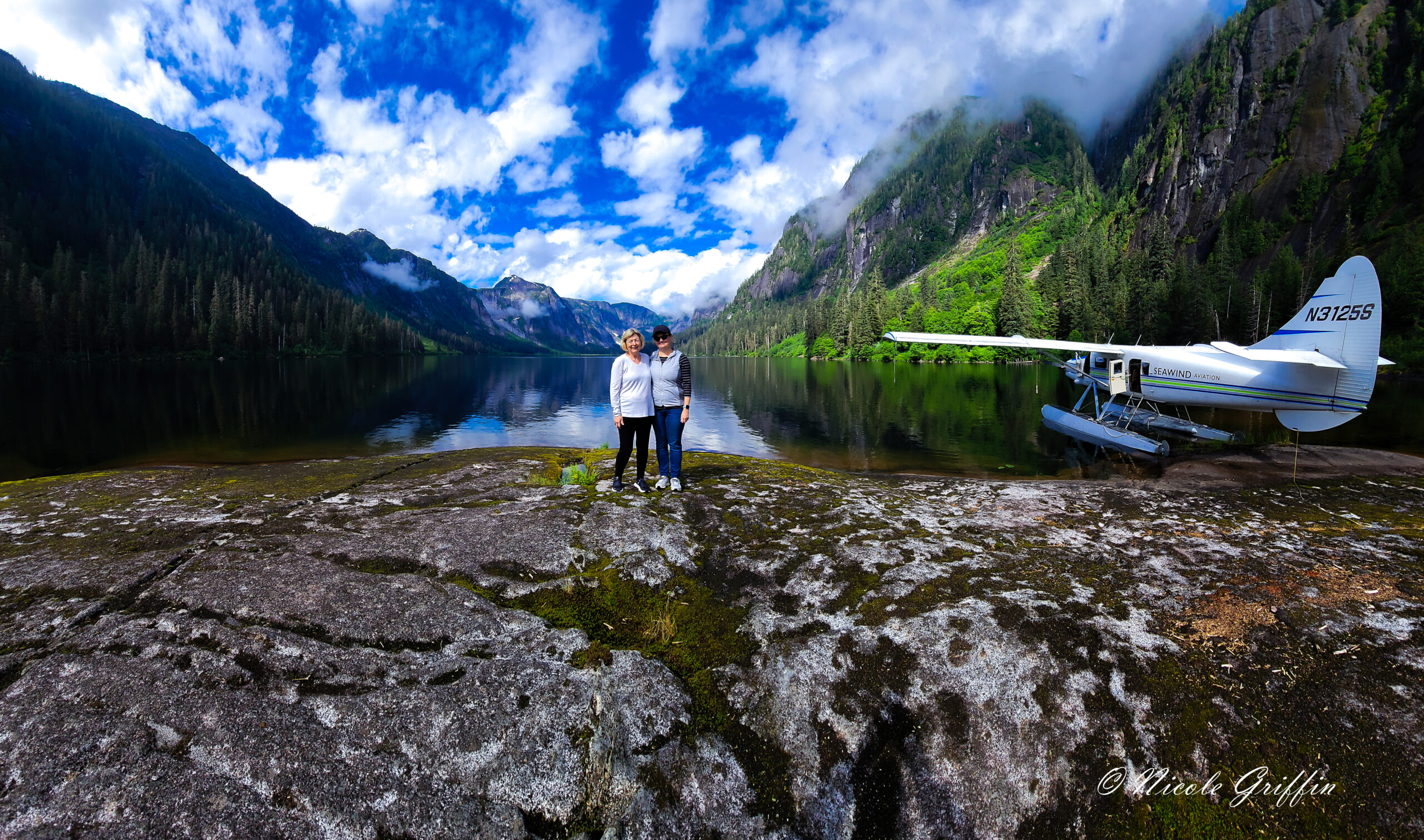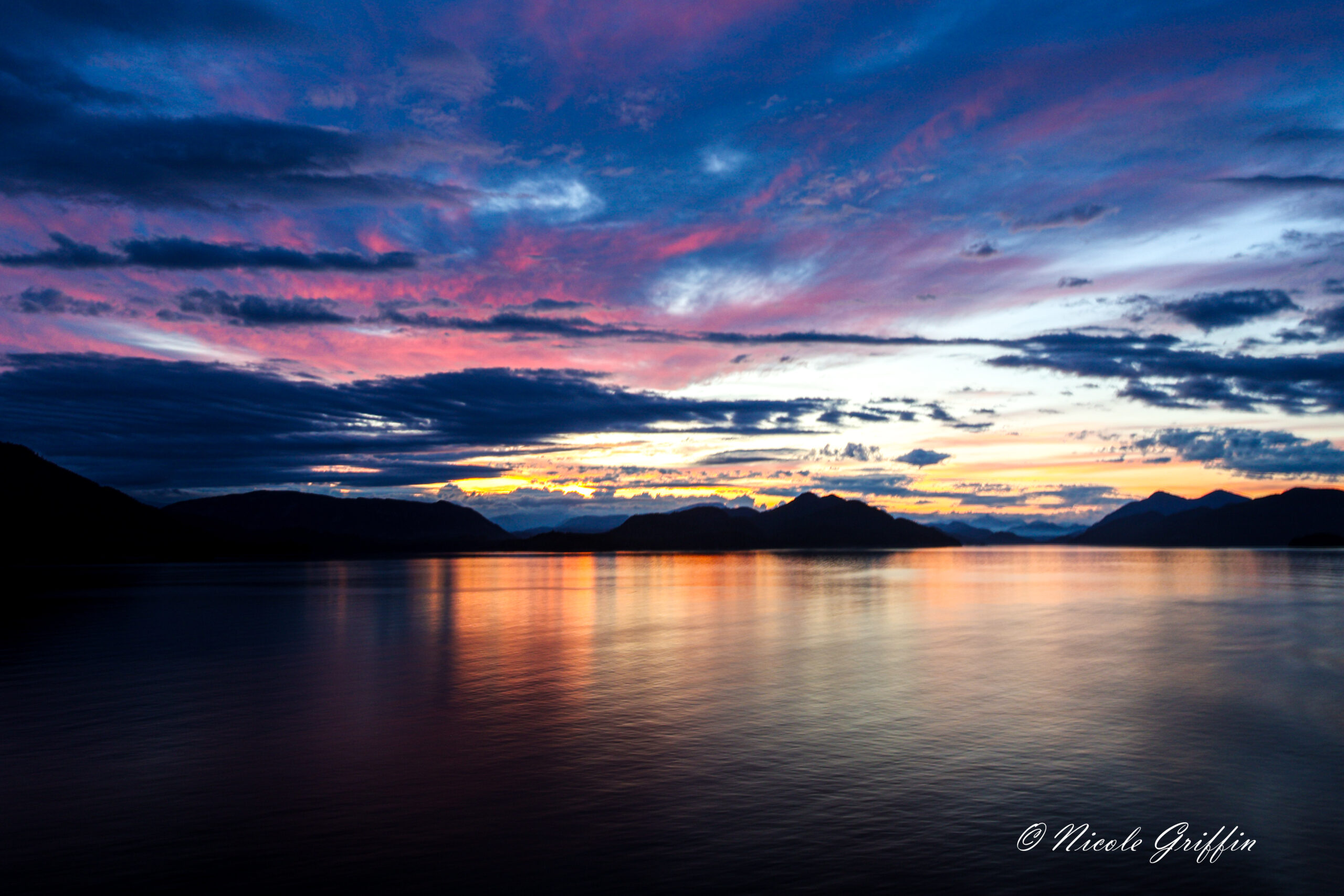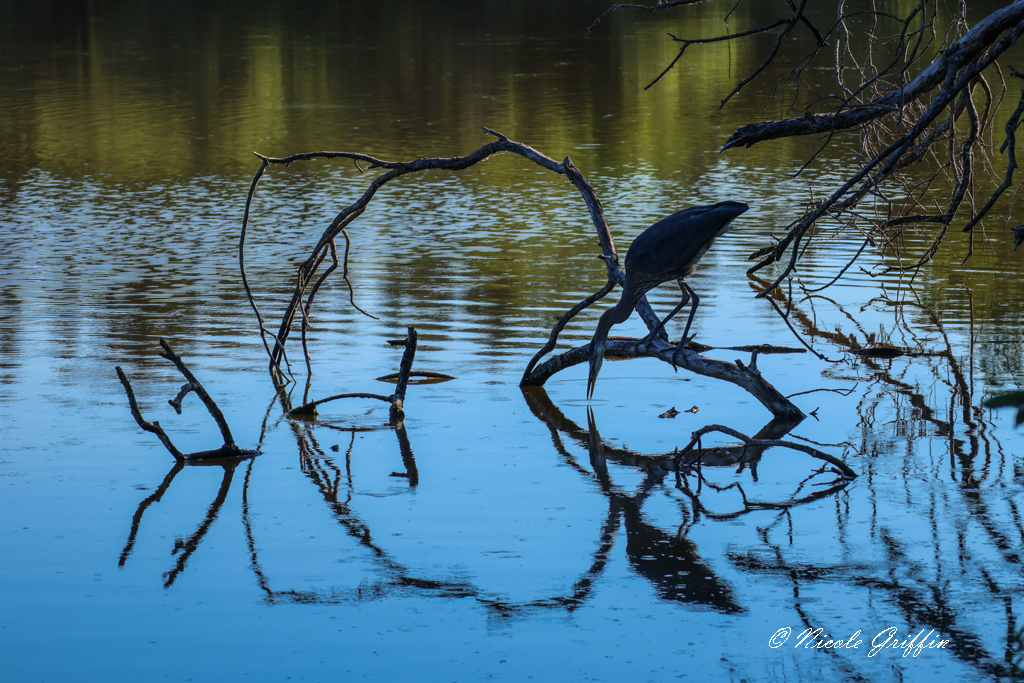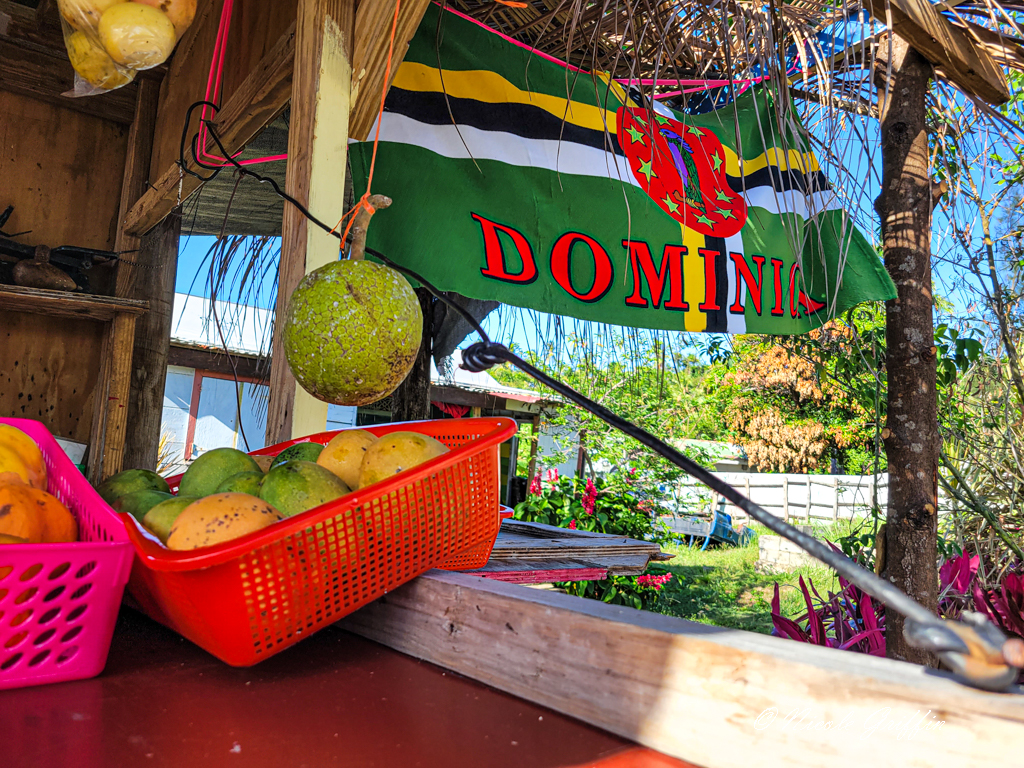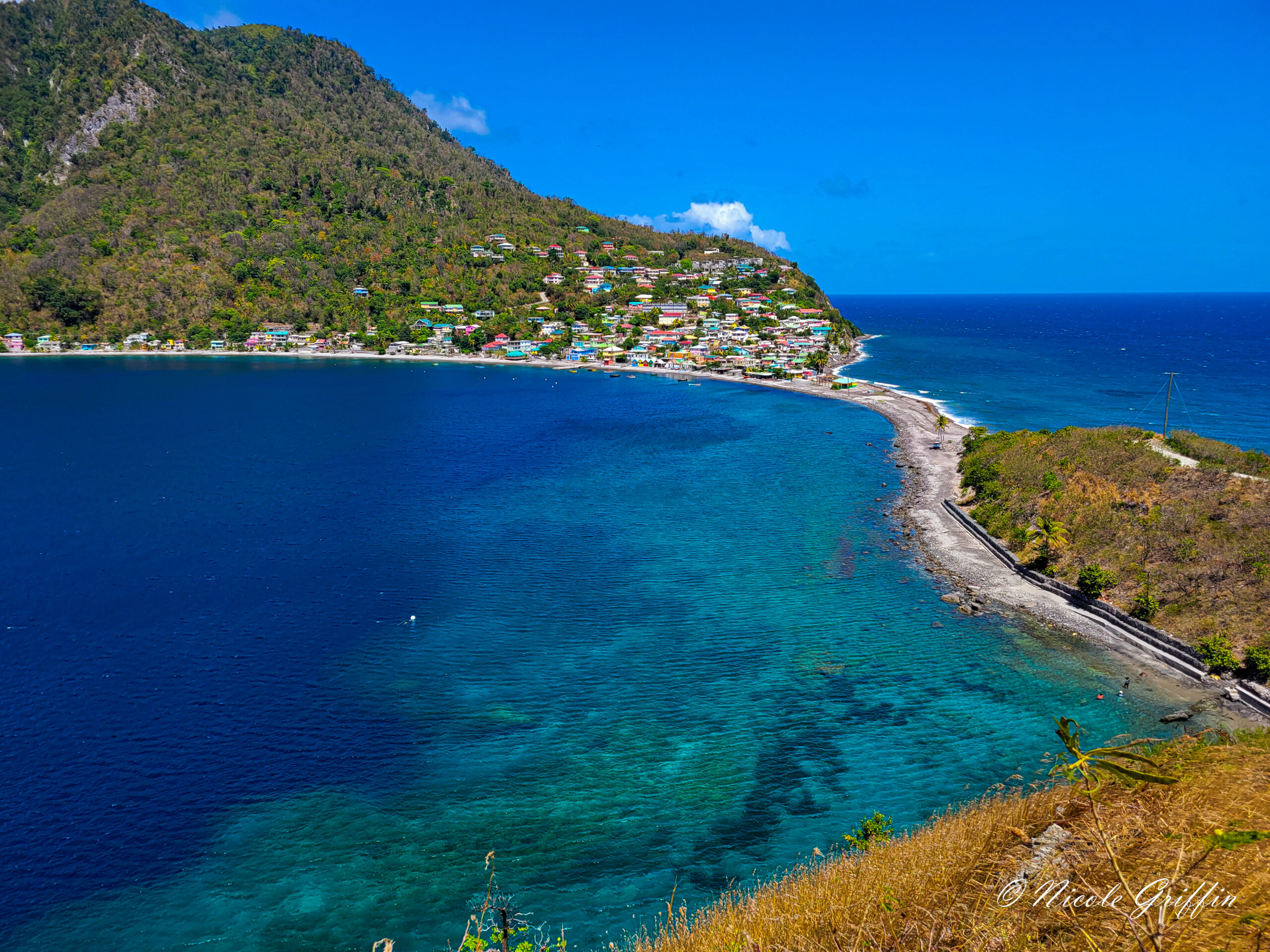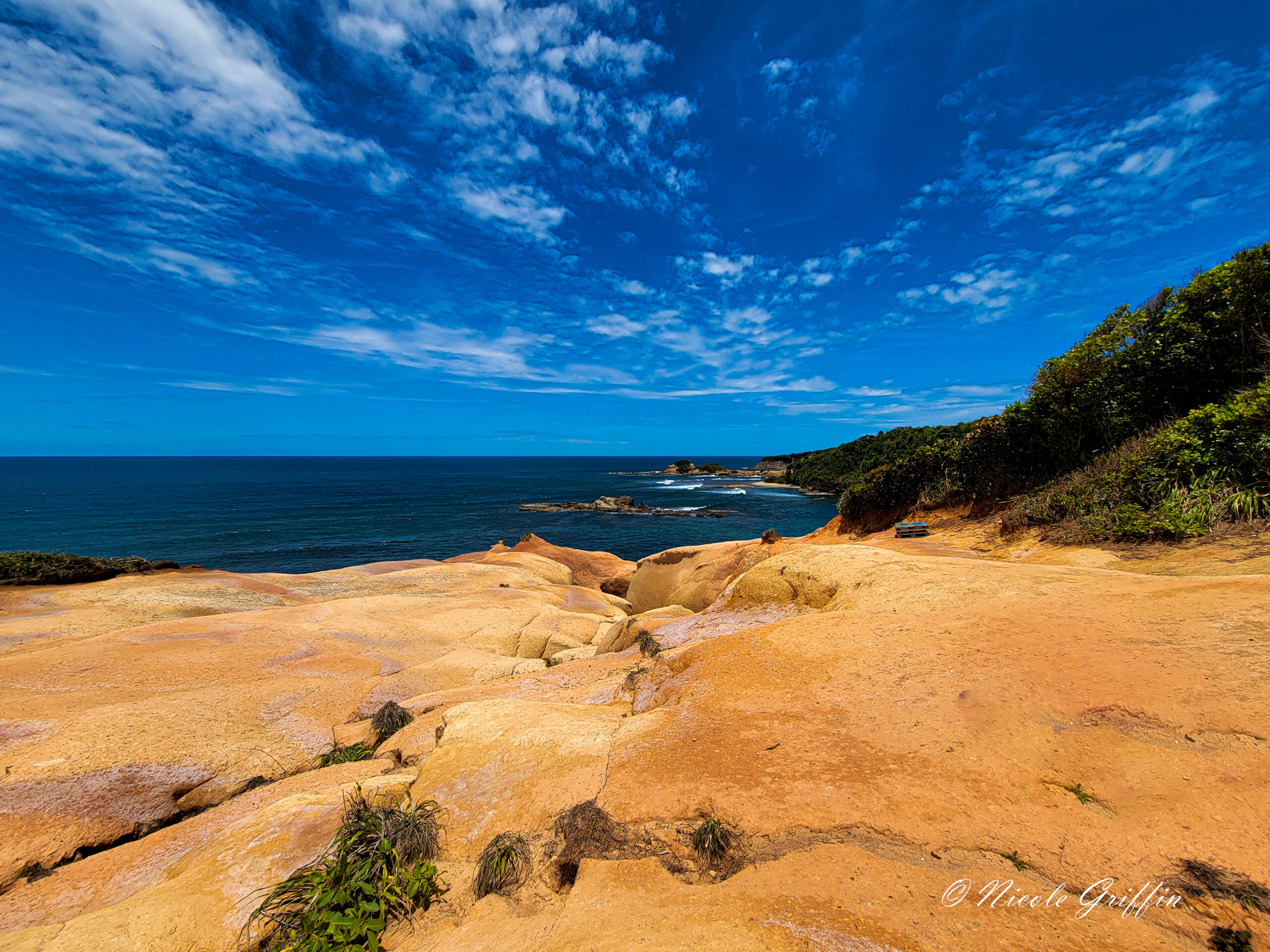The city of New Orleans conjures for most people images of drunken debauchery. Drinking monstrously large hurricanes at Pat O’Brien’s. Waltzing down Bourbon Street with open beers in hand. Women flashing their boobs in exchange for Mardi Gras beads. Of course, there’s also the gluttony—oysters, fried fish, shrimp, jambalaya, gumbo, étouffée, beignets, po-boys. The list of New Orleans decadences is seemingly endless.

Don’t get me wrong—I support all of those things. But for my third trip to New Orleans last weekend, I decided it was time to branch out a little bit and explore the city’s other offerings. The beautiful thing about New Orleans? You don’t actually have to choose: most of this can be done in conjunction with the eating and drinking. You can be culturally enriched and debauched at the same time.
1. Cemeteries
New Orleans is famous for its aboveground cemeteries, necessitated by the high water-table in the flood- and hurricane-prone city. As one tour guide put it, “you don’t want to see Grandma floating down the street.” Gross.
Over time, the practical necessity of aboveground burial evolved into a cultural and architectural tradition, reflecting the changing cultural influences on the city as it passed from French to Spanish to French to American hands. Wandering through the old tombs, you can find engravings in all three tongues, with dates ranging back to the 18th century. Some tombs are kept lively with (often fake) flower arrangements. Many stand proud and stately their white marble tarnished with black mold. Others grow decrepit with age.

If you’re up for a moody afternoon (we went on a cloudy day), you have a few options. St Louis Cemetery No 1 is the oldest (established 1789) and easiest to reach from the French Quarter. It also hosts the tomb of Marie Laveau. But, the guard helpfully informed us, it’s also the only one to charge an entrance fee. Instead we followed his recommendation and took a Lyft up to St Louis Cemetery No 3, established in 1854. For a $10, 10 min Lyft ride, we got free entry to a much larger (if less tightly packed) cemetery. (No 2 is apparently closed due to “vandalism and other concerns,” according to the Catholic church).
2. Architecture
If you’re sober enough to appreciate it, New Orleans is full of architectural delights. Sure there are some dramatic constructions like St Louis Cathedral, but for me the beauty of New Orleans lies in the smallest of architectural detail. Every house in the French Quarter seems to boast some special flare—detailed metalwork on the balcony, cheerful plantation shutters, daintily carved corbels.




This was the first trip that I ventured outside the French Quarter. After taking a Lyft to St Louis Cemetery No 3, we walked back to the Quarter along Esplanade Ave and through Tremé, admiring the old Victorian mansions and Caribbean bungalows that lived side-by-side.

For a future visit: the Garden District.
3. Shops and Galleries
Every time I go to the French Quarter I feel a little lost. In part, because of alcohol. In part, because I always seem to stay in a different part of the quarter and start off the trip with my bearings at a 90 degree angle. But I always seem to find my bearings, not by Bourbon Street, but by Royal Street, one block over. Royal Street is a little classier; here Bourbon’s bars are replaced with shops and galleries, some far beyond my price range, but delightful to browse.
Each time I revisit shops and galleries from previous trips, and stumble upon new ones. In my first trip in 2012, I bought a black metal Mardi Gras mask with red detailing. I found that shop again on this trip, but not on the last one. On my second trip in 2022, I didn’t buy anything of note, but fell in love with multiple galleries and artists whose work cost thousands. This time I fell in love with a jewelry store called Fleur d’Orleans, whose proprietor makes jewelry inspired by New Orleans architecture. (I bought a pair of earrings inspired by her neighbor’s window.) I also bought a mask carved out of hibiscus wood. This shop seems absent from Google, but that’s all part of the mysterious fun of shopping in New Orleans.
4. Swamp Tours
For something totally different, this time I ventured outside of the French Quarter entirely. Outside of New Orleans. North of Lake Pontchartrain. Into the swamp. We booked the trip through Cajun Encounters, who helpfully picked us up in a coach (for an additional fee) not far from our hotel, and took us to the Honey Island Swamp. I can’t recommend the company highly enough. Everything ran extremely efficiently, and our coach driver and captain (Bam-Bam and Everett, respectively) were excellent tour guides. (Expect some prison-related humor from the captains.)
One thing I did not consider was that the things I associated with a Louisiana swamp—namely alligators—were cold-blooded reptiles, and therefore not likely to be active on a chilly, cloudy day in late January. Indeed, the alligators and snakes were nowhere to be seen. That made the trip a bit more low-key, but the boat tour among the partially submerged cypress trees hung with Spanish moss made for a scenic if eldritch morning.

While there were no reptiles in sight, we did see a lot of racoons, including this blond one.

5. Live Music
You don’t actually have to go anywhere special to find live music in New Orleans. Musicians play on the street corners, like this saxophonist outside of Cafe du Monde.

Of course there are plenty of live bands on Bourbon Street, mostly catering to the popular tastes. I’m personally a fan of Famous Door, where cover bands play crowd-pleasing numbers from the 70s, 80s, and 90s. (But beware the jello shots.)

This time I ventured a little outside of the French Quarter to the famous Frenchman Street. Here you can find some more authentic New Orleans live music—jazz, blues, funk. We plopped ourselves down at the bar of Snug Harbor Jazz Bistro for hours one evening, chatting with the impossibly young bartender and waitstaff, while listening to the jazz from the concert hall piped in through the speakers. Then we ended up at La Maison, where we listened to a jazz quartet while the bartender in the back made us custom cocktails, then the Blue Nile for some blues, before going back for one last drink at Snug Harbor. Did I mention you don’t really have to pick between the culturally enriching activities and the boozing? Ah New Orleans, laissez le bons temps roulez!
